Differences Between OS1, OS2, & OM1, OM2, OM3, OM4, And OM5 Fiber Cable
inquiry nowDifferences Between OS1, OS2, & OM1, OM2, OM3, OM4, And OM5 Fiber Cable
-
OS cables, or optical single-mode fibers, are single-mode fibers that are ideal for long distances and high-speed data transmission. OM cables are multimode fibers, best suited for short-distance networking. Knowing the differences makes sure that you get the best possible performance for your particular application.
-
OS1 fibers are optimized for indoor applications, in which the distances tend to be short and intrinsic attenuation greater. Conversely, OS2 fibers are better suited for outdoor environments and long-range applications as they offer lower attenuation.
-
OM cables are divided by standards (OM1-OM5) with each providing different amounts of bandwidth and distance capabilities. Laser-optimized OM3 and OM4 provide high performance, OM5 with multimode support for multiple wavelengths provides future-proof networking.
-
Core size Considered a primary determinant for fiber choice. Single-mode (OS1/OS2) cables use an even smaller core, ideal for focused, long-haul transmission. Conversely, multimode (OM) fibers, due to their thicker cores, shine in local area networks.
-
Modal bandwidth and attenuation play a big role in data transmission rates and signal quality. Selecting the best cable according to these metrics leads to the most efficient and reliable network performance.
-
Evaluate your network's distance, bandwidth, and future scalability needs to make an informed choice between OS and OM fibers that align with your budget and technical requirements.

Now you know the difference between OS1, OS2 and OM1 through OM5, and what’s best suited for your application. OS1 and OS2 are International Telecommunications Union (ITU) standard grades of optical single-mode fibers.
OS1 is ideal for in-building use over shorter ranges, while OS2 is great for long outdoor runs. OM1 and OM2 are good for simple installations, but OM3, OM4, and OM5 shine at higher speeds and longer distances.
Of the five types, OM1, OM2, OM3, OM4, and OM5 are all considered multimode fiber. OM5 introduces compatibility for use in wideband applications.
Each type has a defined purpose according to their distance, speed, and setting. In the following sections, we’ll discuss their differences, applications, and advantages to ensure you choose the right one for your needs.
OS and OM Fiber Cables: An Overview
Fiber optic cables, which come in the shape of OS (Optical Single-mode) and OM (Optical Multimode), are the backbone of today’s networking infrastructures. Their naming typically derives from their core structure, performance, and use-case applications.
Getting a handle on the differences between these types is critical to being able to make the right choices for various networking use cases.
Understanding OS Fiber Cables
OS cables have single-mode fibers, which are known for their small core size, usually 8-10 microns in diameter. This design means they’re able to transmit light along just one pathway, reducing signal distortion across longer distances.
OS1 and OS2 are the two primary variants. OS1 cables are ideal for indoor applications and have a low attenuation rate of 2 dB/km at 1550 nm. In comparison, OS2 cables dominate outdoor and long-range networking, operating effectively at wavelengths of 1310 or 1550 nanometers.
Telecommunications and long-distance data transmission are usually dependent on OS cables. They guarantee extreme accuracy and the lowest possible signal degradation, both of which are highly important to optimal communications.
Even though they demand costly laser sources, their unmatched performance for long-range applications justifies the expense.
Exploring OM Fiber Cables
OM cables, otherwise known as multimode fibers, are characterized by their larger cores, typically 50 – 62.5 microns in diameter. This means light can take several different routes, which is why they’ve been used in short-distance networking.
OM1 has a 62.5-micron core and transmits data up to 984 feet at 10 Gbps. As a comparison, OM2 does double that distance, reaching transmission speeds of up to 1,804 feet at the same speed.
OM3, OM4, and OM5 offer successively greater bandwidths, which are perfectly suited for the high-speed data centers and campus networks of today.
What Distinguishes OS and OM Fibers?
Understanding the differences between Optical Singlemode (OS) and Optical Multimode (OM) fibers is essential for choosing the right type of cable for specific applications. These differences are a result of differences in core structure, performance, metrics, distance capabilities and best use applications.
1. Core Difference: Single-Mode vs. Multimode
Besides, the core size is important for signal transmission. This is evidenced by OS fibers, which have a much smaller core diameter, usually 8–10 microns, which allows for single-mode transmission. This design reduces modal dispersion, allowing OS fibers to perform efficiently over long distances.
In difference, OM fibers were less precision for shorter distance transmissions. OM fibers have a bigger core size which is between 50 and 62.5 microns. This causes many different light modes to propagate, adding significant modal dispersion and severely restricting the distance and bandwidth capabilities.
Additionally, performance is influenced by the operational mode. OS fibers work at 1310 or 1550-nanometer wavelengths. They require more costly laser sources, due to their high precision. OM fibers function at shorter wavelengths, like 850 nanometers. They use inexpensive LED light sources, making them economical for short distance uses.
2. Performance Metrics: OS vs OM
| Metric | OS Fiber | OM Fiber |
|---|---|---|
| Core Diameter | 8–10 microns | 50–62.5 microns |
| Loss Limit | 1.0 dB/km | 3.0 dB/km |
| Bandwidth Distance Product | Higher (MHz·mi) | Lower (MHz·mi) |
| Speed | Up to 10 Gb/s | Up to 10 Gb/s |
| Distance | Up to 6.2 miles (OS2) | Up to 0.34 miles (OM4) |
Bandwidth is one of the most important factors in performance. Because OS fibers exhibit greater bandwidth distance products compared to OM fibers, OS fibers are widely used for high-speed, long-distance communications.
Because of modal dispersion, OM fibers are more suited for short-haul applications.
3. Distance and Bandwidth Capabilities
OS cables give outstanding performance in long run applications. OS1 is rated for range up to 1.2 miles. OS2 even doubles the maximum distance to 6.2 miles, both require a maximum loss of 1.0 dB/km.
OM fibers are intended for shorter lengths, with a max distance usually around 550 yards when using the OM4 standard. They keep a 3.0 dB/km loss floor. For high-bandwidth applications, OS fibers surpass OM because of single-mode transmission and lower dispersion.
4. Application Scenarios for Each Type
OS cables are well suited for telecommunications and other long-distance networks, including intercity data links. Their capability to keep signal fidelity over multiple miles is what makes them so critical in these high-demand environments.
That makes OM cables the clear choice for high-speed, multimode connections in local area networks (LANs), data centers, and campus networks. They are ideally suited for medium distances that require intensive, high-speed links.
Diving Deeper: OM Fiber Standards (OM1-OM5)
Multimode fiber optic cables (OM1-OM5) have rapidly developed to keep pace with the ever-increasing need for high-demand, fast-paced networking. Each standard provides unique capabilities related to bandwidth, distance, and applications, helping to create the best fit for each in different environments.
Knowing how these standards differ per implementation is key to identifying the best solution for your unique networking needs.
OM1 and OM2: Legacy Multimode Fibers
OM1 and OM2 were the first of the generations of multimode fiber, created mainly with short-distance telecommunications in mind. OM1 supports distances of 6,561 ft and provides a bandwidth of 160 MHz·km.
OM2 keeps the same range as OM1 but increases the bandwidth to a remarkable 500 MHz·km. Both depend on LED transmitters, which constrain their potential to reach higher speeds and bandwidths.
In the past, these cables were frequently found in legacy networks and systems, including Ethernet environments that operated at 10 Mbps to 100 Mbps. As network needs moved to support higher speeds, these multimode fibers started going out of date.
Today, OM1 and OM2 are less applicable in new installations but are still prevalent in existing infrastructures.
OM3 and OM4: Laser-Optimized Fibers
OM3 and OM4 introduced laser-optimized multimode technology (LOMMF), which offered a significant increase in bandwidth and distance. OM3 and OM4 go up to 16,404 feet and 2.5 GHz·km and 32,808 feet and 4.7 GHz·km, respectively.
These cables are perfect for high-speed applications such as data centers and enterprise networks, supporting transmission speeds of up to 100 Gbps. In fact, the majority of OM4 sold today is advertised under the designation of premium OM3 fiber due to overlapping performance capabilities.
OM5: Wideband Multimode Fiber
OM5, the most recent standard, is designed to support several wavelengths over 850 nm, including 880 nm and 940 nm. It offers a bandwidth of 28 GHz·km.
It supports 40 Gbps and 100 Gbps speeds over short distances between 100 meters (328 feet) to 150 meters (492 feet). Its construction is ideal for sophisticated technologies, such as wavelength division multiplexing (WDM), allowing future-proofing for next-generation networking.
Key Features of OM1 to OM5
-
OM1: 6,561 ft, 160 MHz·km, LED-based.
-
OM2: 6,561 ft, 500 MHz·km, LED-based.
-
OM3: 16,404 ft, 2.5 GHz·km, laser-optimized.
-
OM4: 32,808 ft, 4.7 GHz·km, laser-optimized.
-
OM5: 492 ft, 28 GHz·km, laser-optimized, supports WDM.
OS Fiber Types: A Detailed Comparison
Fiber choice, particularly when comparing OS1 and OS2 fibers, is a function of understanding the different characteristics and intended uses. Each is a single-mode fiber but there the similarity ends in terms of design features, performance attributes and applications. OS fibers generally have much narrower cores than OM fibers, which makes them more suitable for long-distance signal transmission found in telecommunications.
They have to operate at either 1310 or 1550 nanometer wavelengths, needing more accurate and thus expensive laser sources.
OS1: Indoor Applications
OS1 fibers are specifically designed for short-haul, in-building networking requirements. They are capable of only up to 1.24 miles (2 km) and speeds from 1 through 10 Gb/s. They are, therefore, well-suited for any local area network (LAN) configuration, data center deployment, or corporate office landscape.
Their design maximizes simplicity and minimizes cost for indoor installations while providing solid mechanical connection points for reliable outdoor installations. Their performance capabilities are constrained in situations requiring faster speeds or longer distances, as attenuation effects become more pronounced.
OS1 fibers typically have an attenuation rate of 1.0 dB per kilometer. In reality, this rate is adequate for shorter runs but does not cut it for longer distances.
OS2: Outdoor Applications
Additionally, OS2 fibers perform best in long-range, outdoor applications—like telecommunication backbones and intercity networks. They help subsidize transit-supporting distances of 3.1 to 6.2 miles (5 to 10 km). With a bandwidth-distance product of 4.0 GHz·km, they are ideally suited for long-haul transmission.
Their rugged nature can hold up against the elements to deliver enduring durability and crystal-clear signal quality throughout long corridors. OS2 fibers are better at long-range signal integrity with an attenuation rate of 0.4 dB per kilometer at 1310 nm.
It is this performance that makes them better than OS1 fibers.
Attenuation Differences in OS Fibers
Attenuation affects performance by weakening the signal strength. OS1 fibers have a maximum attenuation requirement of 4 dB/km, which limits their use to shorter distances.
OS2 fibers, on the other hand, provide better attenuation efficiency for maintaining high-quality signals over longer distances, which is particularly crucial in outdoor applications.
Technical Differences and Performance Impact
Understanding the distinctions between OS (Optical Single-mode) and OM (Optical Multimode) fibers is vital for selecting the right solution for network needs. These differences come primarily from core size and modal bandwidth.
These factors come together to impact data transmission and ultimately dictate how each type performs in varying conditions.
Core Size and Its Significance
Displayed core size directly affects pulsed light signals transmitted through optic fiber cables. Single-mode fibers (OS1, OS2) feature a thin, 9-micron fiber core, allowing only one path for light to travel.
This is an excellent design for reducing dispersion. As such, signals can cover remarkable ranges: 15.5 miles at 1310 nm and 24.8 miles at 1550 nm, with attenuation rates of 0.4 dB/km and 0.3 dB/km, minimal rates of signal loss.
In comparison, multimode fibers (OM1-OM5) have larger cores (50 to 62.5 microns), allowing multiple paths for light. Though this design choice helps with very high data rates, it exacerbates signal loss over distance.
OM1 offers more attenuation than OM4. OM4’s new high performing core and material design results in improved efficiency for short-range applications.
| Fiber Type | Core Size (Microns) | Application |
|---|---|---|
| OS1, OS2 | 9 | Long-haul |
| OM1 | 62.5 | Short-haul |
| OM3, OM4 | 50 | High-speed short-haul |
Modal Bandwidth Explained
In modal bandwidth, measured in MHz·km, a fiber’s ability to carry information is determined by its fiber count. OM4’s bandwidth (4700 MHz·km at 850 nm) far surpasses OM3’s (2000 MHz·km), allowing for much quicker and consistent transmissions.
OM5 takes that one step further, with optimized performance wherever we use wavelengths up to 940 nm.
Impact on Data Transmission Rates
Together core size and bandwidth limit transmission rates. For short-range, high-speed applications, multimode fibers deliver strong performance, supporting distances of up 100 Gbps over shorter distances.
Single-mode fibers, designed for the least loss possible, meet long-range, high-capacity needs with ease.
Choosing the Right Fiber Cable
Choosing the best fiber cable for your network means finding the right tradeoff between performance, cost, and long-term requirements. As we discussed previously, each fiber type has unique capabilities that lend themselves to different applications.
To begin with, get a clear picture of your network’s needs. Afterward, weigh other aspects such as distance, bandwidth, and budget to choose the right fiber cable for your needs. Read on as we outline some of the main factors to consider to help steer your decision.
Assess Your Network Requirements
Start by determining the unique requirements of your network. Single-mode fibers (OS2) are best suited for long-distance applications, like telecommunications, where connections stretch for miles.
Multimode fibers (OM1–OM5) perform best for short-distance communication. They are ideal options for interconnecting devices inside a building or campus, with OM1 usually handling distances up to a few hundred meters.
We need to be mindful of future data demands. For instance, OM5’s support of wider wavelengths gives it flexibility for greater upgrades, making it an ideal solution for networks with future needs.
Consider Distance and Bandwidth Needs
Distance and bandwidth are key factors in deciding which fiber to use. Single-mode fibers offer optimal performance over longer distances, whereas multimode fibers are ideal for short-range applications.
Both OM3 and OM4 multimode fibers support distances of up to 550 meters at 10Gbps. This feature makes them perfect for high-speed, short-distance functions.
Performance is greatly impacted by core diameter variations. Multimode fibers have thicker cores, generally either 50 or 62.5 microns, allowing them to carry several different light modes.
Evaluate Cost and Budget
Single-mode fibers are more expensive due to tighter tolerances and costly laser sources, often operating at 1310 or 1550 nm wavelengths.
Multimode fibers, which make up 80% of installations, offer a more budget-friendly option for shorter distances, while still delivering the robust performance necessary.
Future-Proofing Your Network
Future-proofing can be crucial. Choosing flexible, scalable fiber solutions future-proofs your network and gives you the freedom to embrace new technologies as they develop.
Cost Considerations for Fiber Optics
When considering fiber optic deployments, it’s important to know how much these costs vary between Single-Mode (OS1 & OS2) and Multi-Mode (OM1 through OM5) fibers. These costs vary not only at the upfront investment phase, but at the long-term maintenance phase as well. Each of these factors directly affect the cost, value and feasibility of developing a fiber optic system.
Initial Investment Costs
The initial investment for both Single-Mode (OS1/OS2) as well as Multi-Mode (both OM1-OM5) fibers differ greatly.
There’s a common misconception that single-mode fibers are more expensive than their multi-mode counterparts. Single-mode fibers require costly 1300nm optical modules. These modules typically cost 2-3 times as much as the 850nm modules we use for multi-mode fibers. This increases the total upfront outlay for single-mode systems by a significant margin.
Multi-mode fibers, especially OM4 and OM5, present considerable cost-saving options. OM4 fiber runs approximately 33 percent cheaper than OM2 but offers superior performance. Upgrading to OM4 fiber eliminates that risk while ensuring the system benefits from the latest advancements in multi-mode technology, saving costs in the process.
OM5 supports higher speeds and more sophisticated applications, including 200/400G Ethernet, with the use of only 8-core WBMMF. While it’s pricier than OM4, it pays dividends by lowering the cost of future upgrades.
Long-Term Maintenance Expenses
So maintenance costs play a big role in how they budget. Single-mode installations, though dependable, require specialized, expensive equipment and expertise to maintain and restore.
Conversely, multi-mode fibers typically have lower maintenance requirements, lowering long-term costs. Upgrading to higher-quality multi-mode options, like OM4 or OM5, provides additional reduction of maintenance complexity while increasing availability and longevity of the system.
Cost-Benefit Analysis
For long-distance or high-demand requirements, then single-mode is worth the premium. For data centers or enterprises who value scalability and reduced maintenance costs, OM4 or OM5 provide better overall value.

Integration and Compatibility
When choosing fiber optic cable, integration and compatibility are key to making sure your system runs seamlessly. These factors have a huge impact on the system’s efficacy, long-term scalability and cost-effectiveness. Compatibility is more than just matching cables to hardware.
It equally demands that the system be interoperable with current protocols and available for future advancements, all without adding undue complexity.
Working with Existing Systems
Integrating new fiber installations with existing networks requires careful assessment. For example, OM3 and OM4 fibers are excellent for networks requiring 10Gb/s to 100Gb/s speeds. OM4 offers additional benefits, such as longer distances and higher optical budgets, making it a cost-effective upgrade for future-proofing.
Compatibility with current hardware, such as transceivers and switches, must be verified to avoid bottlenecks. Single-mode fibers, like OS cables, operate at 1310 or 1550 nm wavelengths and require more expensive laser sources, which increases integration costs. Evaluating these factors early can prevent mismatches and delays.
Connector Types and Compatibility
This is because fiber optic systems connect using different types of connectors like LC, SC, or MPO/MTP. These connectors need to match the equipment’s interface exactly to allow for smooth incorporation into the model. For instance, OM5 cables are optimized for transfers in the range of 40Gb/s to 100Gb/s.
They use MPO connectors to reduce the number of fibers needed. Selecting the proper connector affects not just the ease of setup, but the performance, especially in high-speed applications.
Avoiding Common Integration Issues
Common growing pains can be falling into the trap of skipping compatibility checks and ignoring future scalability. Employing improved multimode fibers such as OM4 can reduce overall system cost by 1%.
These fibers enable further innovations like wavelength division multiplexing (WDM). Accounting for these variables makes for an easier transition.
Future Trends in Fiber Optic Technology
As the backbone of modern communication systems, fiber optic technology continues to evolve to meet the growing demand for faster and more reliable data transmission. With the impetus of new technologies and developing standards behind them, dramatic improvements are creating new possibilities and changing the face of fiber optic networks forever.
Emerging Technologies and Standards
The introduction of new technologies and architectures promise to change the way we deploy and manage fiber optic networks. For example, their CS Connectors, which are optimized for 200G and 400G applications, improve efficiency in transmitting data at increased speeds.
These small form-factor connectors provide better density and are well-suited for data centers and next generation telecomm networks. In the same vein, multi-fiber connectors such as MPO/MTP have made network designs simpler and more efficient by enabling higher bandwidths and providing faster installation times.
Fiber optic performance isn’t just a story of technology. OM5 fiber operates at wavelengths in excess of 850 nm. This includes 880, 910 and 940 nm, which increases capacity for shortwave wavelength division multiplexing (SWDM) applications.
For multimode fibers, OM4’s effective modal bandwidth of 4700 MHz.km—over twice OM3’s 2000 MHz.km—greatly increases the data-carrying capacity.
Potential Advancements in OS and OM Fibers
Developments in OS fibers and technology are currently working to address the need for long-haul communication. They maximize performance at important wavelengths like 1310 nm and 1550 nm, where low attenuation rates, typically 2.3 dB/km, are critical.
OM fiber developments are all about increasing available bandwidth and efficiency. Their high performance design is purpose built for the most demanding deployments including cloud computing and artificial intelligence based networks.
The Evolution of Fiber Optic Applications
Fiber optics have grown beyond their telecommunications legacy to empower new innovations such as IoT, autonomous vehicles and smart cities. By 2025, with 80% of the world’s data passing through fiber, the transition highlights the technology’s flexibility in responding to evolving needs.
Conclusion
Knowing the differences between OS and OM fiber cables will allow you to choose the best one for your application. Each one has distinct advantages, be it over long-haul distances or high-speed capabilities in more localized areas. OM cables are the best choice for shorter applications in building or campuses such as data centers, whereas OS cables are designed to cover a long distance effortlessly. Understanding the performance, cost, and compatibility of each type makes it easier to make a decision and not pay a premium for features you don’t need.
Fiber optics are constantly advancing, paving the way for faster and more efficient networks than ever before. Keeping yourself educated means that you’re prepared not just for today’s requirements but for tomorrow’s updates. Whether you’re designing a network from scratch or planning an upgrade, making the right choice today means avoiding expensive and time-consuming mistakes tomorrow. Continue to educate yourself and make informed, strategic investments in your connectivity needs.
Frequently Asked Questions
What is the difference between OS and OM fiber cables?
OSSB (Optical Singlemode Solutions Based) fibers are optimized for long stretch data delivery. Conversely, OM (Optical Multimode) fibers perform optimally over short distances. OS cables utilize only one light path whereas OM cables utilize many different light paths.
What are OM1, OM2, OM3, OM4, and OM5 cables used for?
OM1 and OM2 are commonly used in low-speed, short-distance applications. OM3 and OM4 have been developed for 10 gigabit and above networks, like those found in data centers. OM5 enables wideband transmissions and emerging technologies such as SWDM (Shortwave Wavelength Division Multiplexing).
How do OS1 and OS2 differ?
OS1 has the tightest buffering optimized for indoor use, while OS2 was designed for outdoor or underground applications. OS2 offers lower attenuation, permitting longer reaches with better performance.
Are OM cables compatible with OS cables?
The answer to that is no — OM vs OS cables are not interchangeable. They differ in core size and how the light propagates through the core. To achieve the best results, utilize cables that are designed to fit your system’s unique needs.
Which fiber cable is best for 100G networks?
For 100G networks, OM4 or OM5 is advisable for multimode configurations. For singlemode, OS2 is the logical option, as it can support longer distances at high speed.
How does cost vary between OS and OM cables?
OS cables are typically higher in cost because of their superior long distance performance. OM cables are less expensive, they are restricted to shorter transmission distances.
What should I consider when choosing a fiber cable?
Think about things such as distance, speed needs, enclosed (indoor vs outdoor) nature of the deployment, connecting into current infrastructure etc. OS for long-distance applications and OM for high-speed, short-range applications.
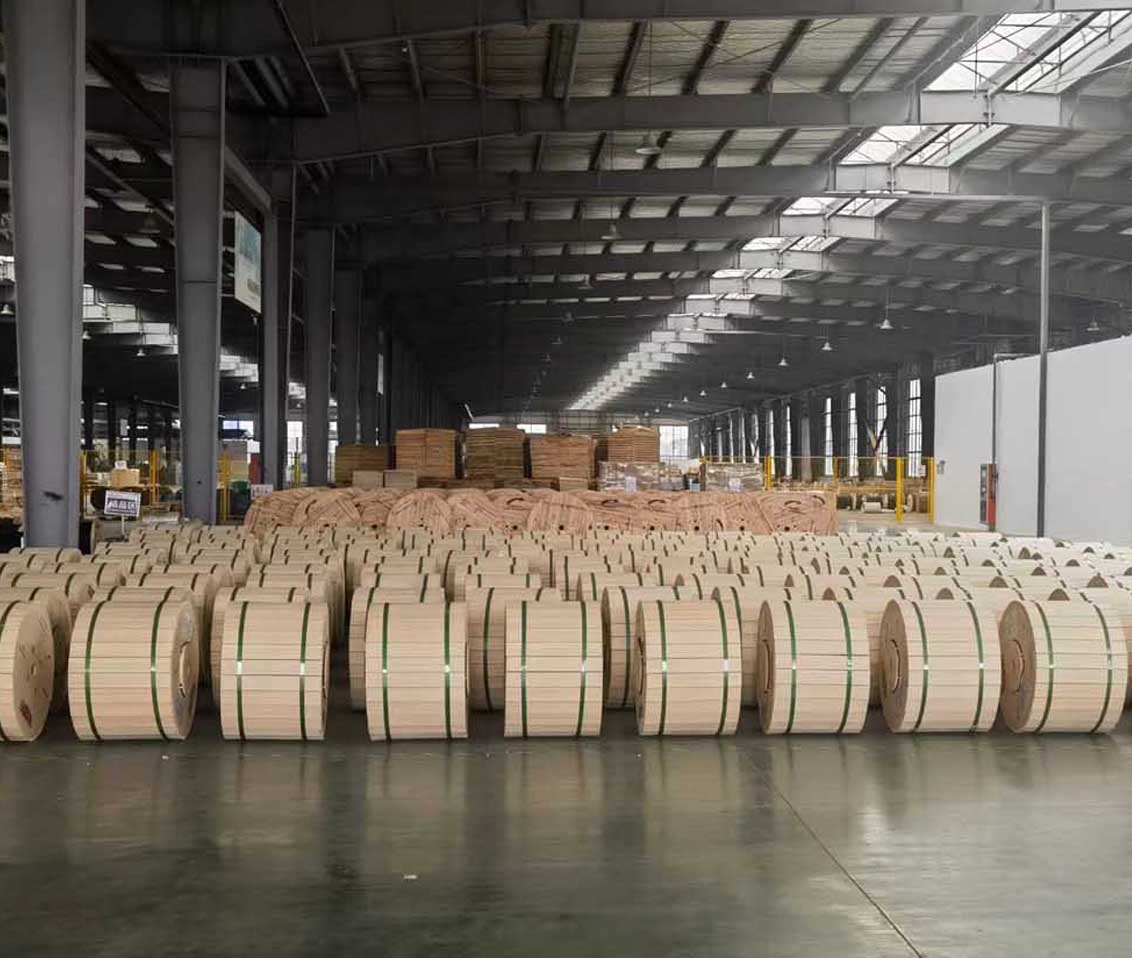

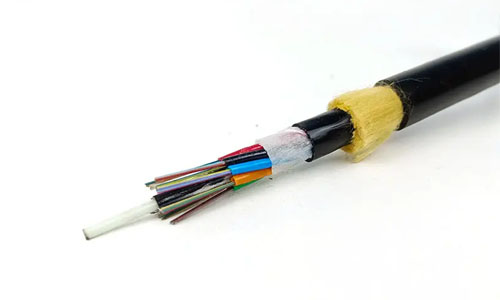 ADSS Fiber Optic Cable
ADSS Fiber Optic Cable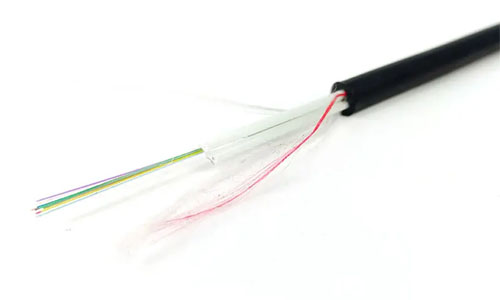 ASU Fiber Optic Cable
ASU Fiber Optic Cable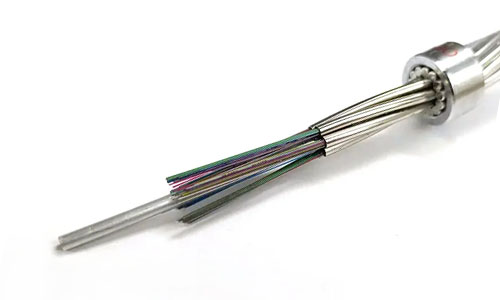 OPGW Fiber Optic Cable
OPGW Fiber Optic Cable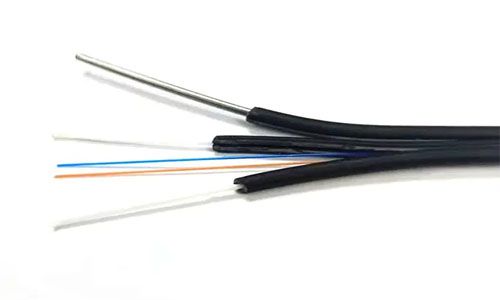 FTTH Fiber Optic Cable
FTTH Fiber Optic Cable Figure 8 Fiber Optic Cable
Figure 8 Fiber Optic Cable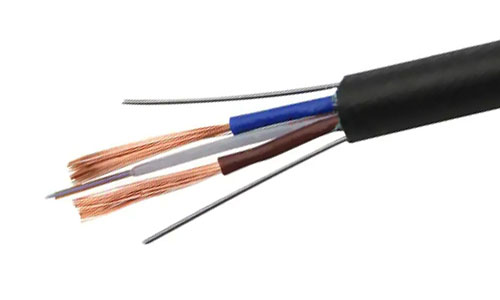 Photoelectric Composite Fiber Optic Cable
Photoelectric Composite Fiber Optic Cable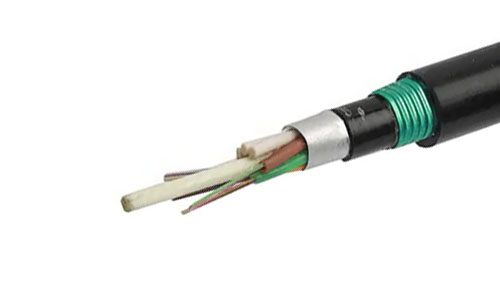 Underground & Pipeline Fiber Optic Cable
Underground & Pipeline Fiber Optic Cable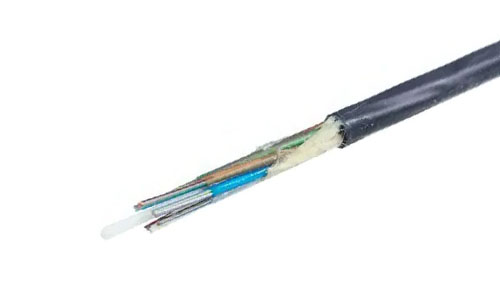 Air-Blown Micro Fiber Optic Cable
Air-Blown Micro Fiber Optic Cable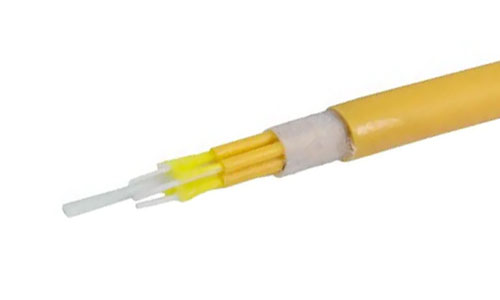 Indoor Fiber Optic Cable
Indoor Fiber Optic Cable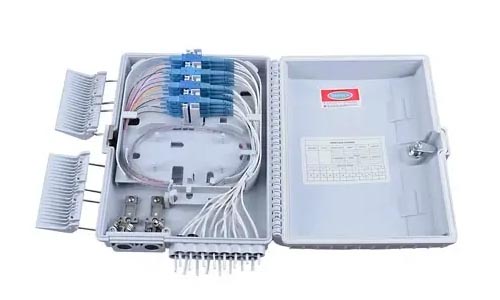 Fiber Optic Distribution Box
Fiber Optic Distribution Box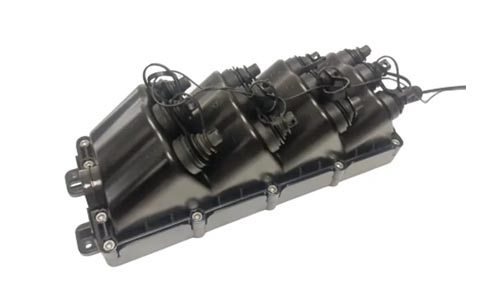 Multiport Service Termina Box
Multiport Service Termina Box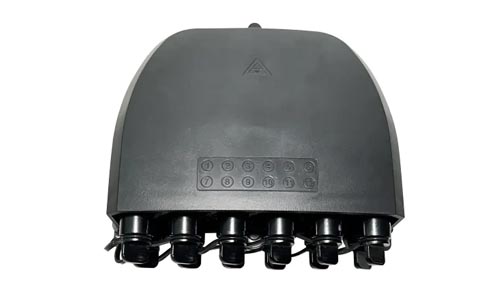 Fiber Optical Terminal Box
Fiber Optical Terminal Box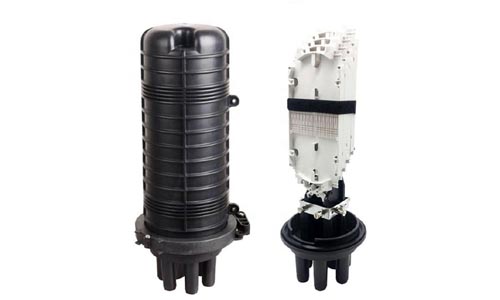 Fiber Optic Splice Closure
Fiber Optic Splice Closure Fiber Optic Clamps
Fiber Optic Clamps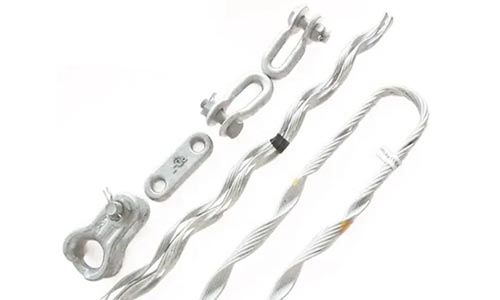 Fiber Optic Cable Fittings
Fiber Optic Cable Fittings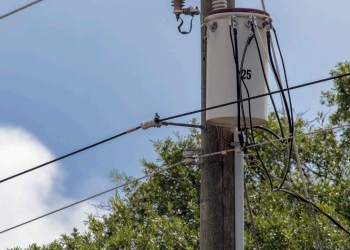 ADSS Fiber Cable
ADSS Fiber Cable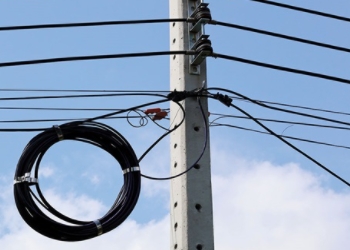 ASU Fiber Cable
ASU Fiber Cable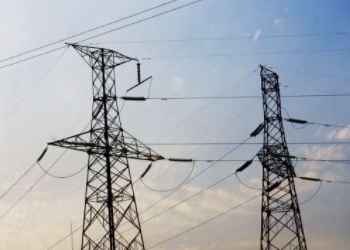 OPGW Fiber Cable
OPGW Fiber Cable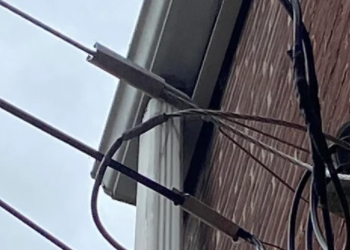 FTTH Fiber Cable
FTTH Fiber Cable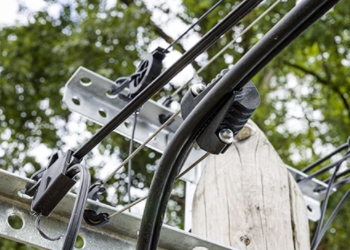 Figure 8 Fiber Cable
Figure 8 Fiber Cable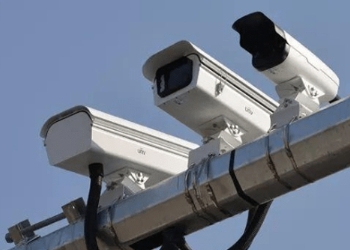 Photoelectric Composite Fiber Cable
Photoelectric Composite Fiber Cable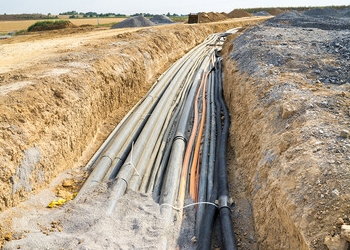 Underground & Pipeline Fiber Cable
Underground & Pipeline Fiber Cable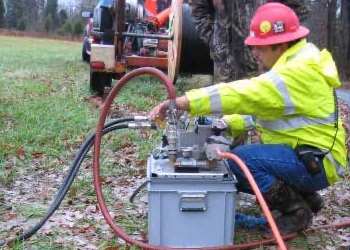 Air-Blown Micro Fiber Cable
Air-Blown Micro Fiber Cable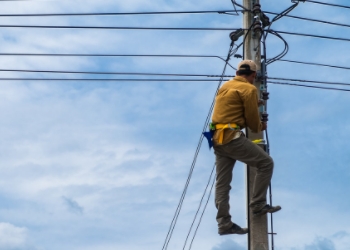 Aerial Fiber Cable
Aerial Fiber Cable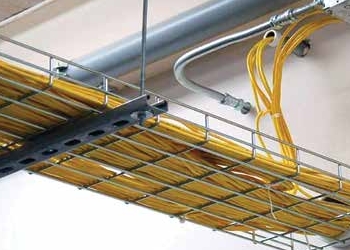 Indoor Fiber Cable
Indoor Fiber Cable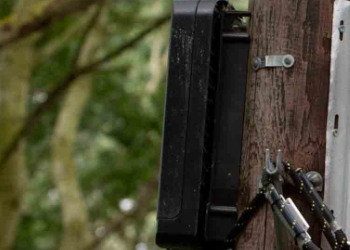 Fiber Optical Terminal Box
Fiber Optical Terminal Box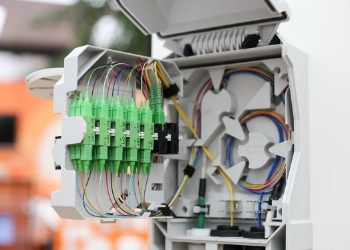 Fiber Optic Distribution Box
Fiber Optic Distribution Box Multiport Service Termina Box
Multiport Service Termina Box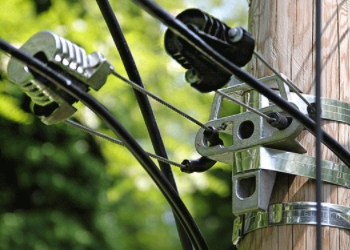 Fiber Optic Clamps
Fiber Optic Clamps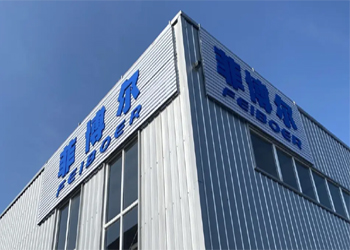 About Us
About Us Our Team
Our Team History
History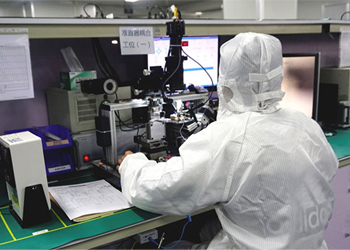 R&D Strength
R&D Strength Production Base
Production Base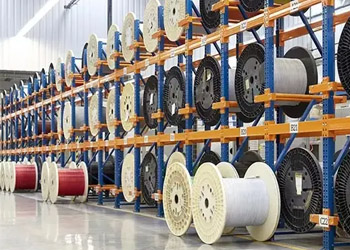 Warehouse & Logistics
Warehouse & Logistics Quality
Quality FAQs
FAQs